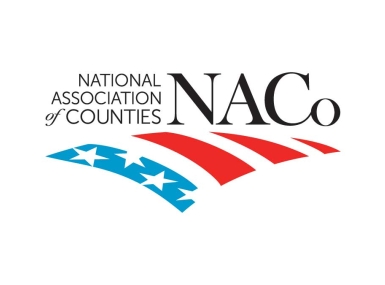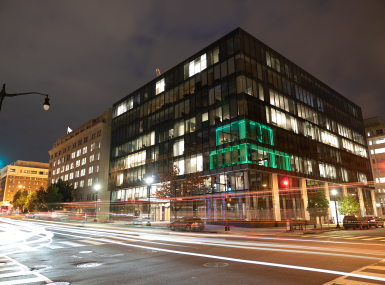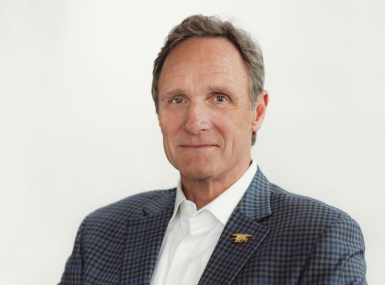Counties provide backup for our veterans
Upcoming Events
Related News

In 1954, President Eisenhower signed a bill proclaiming Nov. 11 as Veterans Day, calling on the nation to “solemnly remember the sacrifices of all those who fought so valiantly, on the seas, in the air, and on foreign shores, to preserve our heritage of freedom, and let us reconsecrate ourselves to the task of promoting and enduring peace so that their efforts shall not have been in vain.” In the nearly seven decades since, millions more men and women have bravely taken up the call to protect and serve. This Veterans Day, NACo’s Veterans and Military Services Standing Committee encourages our fellow county officials to join us in honoring these valued service members.
Do More
For more information about the committee, please email Rachel Mackey.
As this year’s Chair of the NACo Veterans and Military Services Standing Committee, I have seen first-hand the significant and innovate role that county governments play in serving our veterans—work that is especially meaningful to me as a former first responder and wife of a U.S. Marine. Counties have tackled the veteran housing issue by providing “tiny homes” that are compliant with the Americans with Disabilities Act (ADA), while others have established recruitment programs for service members transitioning into civilian life. County governments are taking pledges to support military and veteran caregivers, forming Veterans Advisory Boards and implementing comprehensive strategies to prevent veteran suicide.
In 36 states, counties help veterans access a range of service-connected federal benefits – including health care, housing and transition assistance programs – by funding county veteran service officers (CVSOs). Accredited and trained to navigate the bureaucracy of the U.S. Department of Veterans Affairs (VA), CVSOs are responsible for processing more than $22 billion annually in claims for direct compensation and pension benefits for veterans. That number rises to $52 billion when accounting for health and ancillary benefits.
Strengthening and expanding CVSOs with support from our federal and state partners is a critical priority for NACo’s Veterans and Military Services Committee, which exists to develop and highlight county best practices and policies to promote innovative programs, services and benefits for our nation’s military, veterans and their families. This year the committee is also focused on critical challenges for veterans such as suicide prevention, diversion from the criminal justice system and of course responding to the COVID-19 pandemic. COVID-19 has exacerbated challenges facing veterans—like unemployment and social isolation—but it has also reminded us of veterans’ great resilience.
County governments must continue to do all we can to build vibrant communities where veterans can live well and thrive, every day of the year. This is a mission the NACo Veterans and Military Services Standing Committee gladly accepts. To all our veterans: Happy Veterans Day and our greatest thanks for your service.
Related News

Counties Mark Five Years of Operation Green Light for Veterans
County buildings and landmarks light up in green November 4-11, showing support and highlighting resources available for veterans and their families

Highlights from 2025 Operation Green Light for Veterans
Operation Green Light for Veterans returns. Explore highlights from counties across the country.

County service meets a veteran’s need for purpose in Spotsylvania County, Virginia
After Drew Mullins transitioned from a high-performance lifestyle in the military, he found the environment and purpose he sought when he took office in his county.
Featured Initiative
Operation Green Light for Veterans
During the week leading up to Veterans Day, counties shine a green light to show support for veterans, raise awareness of benefits available to them and call for action on federal policies that support veterans and their families.

